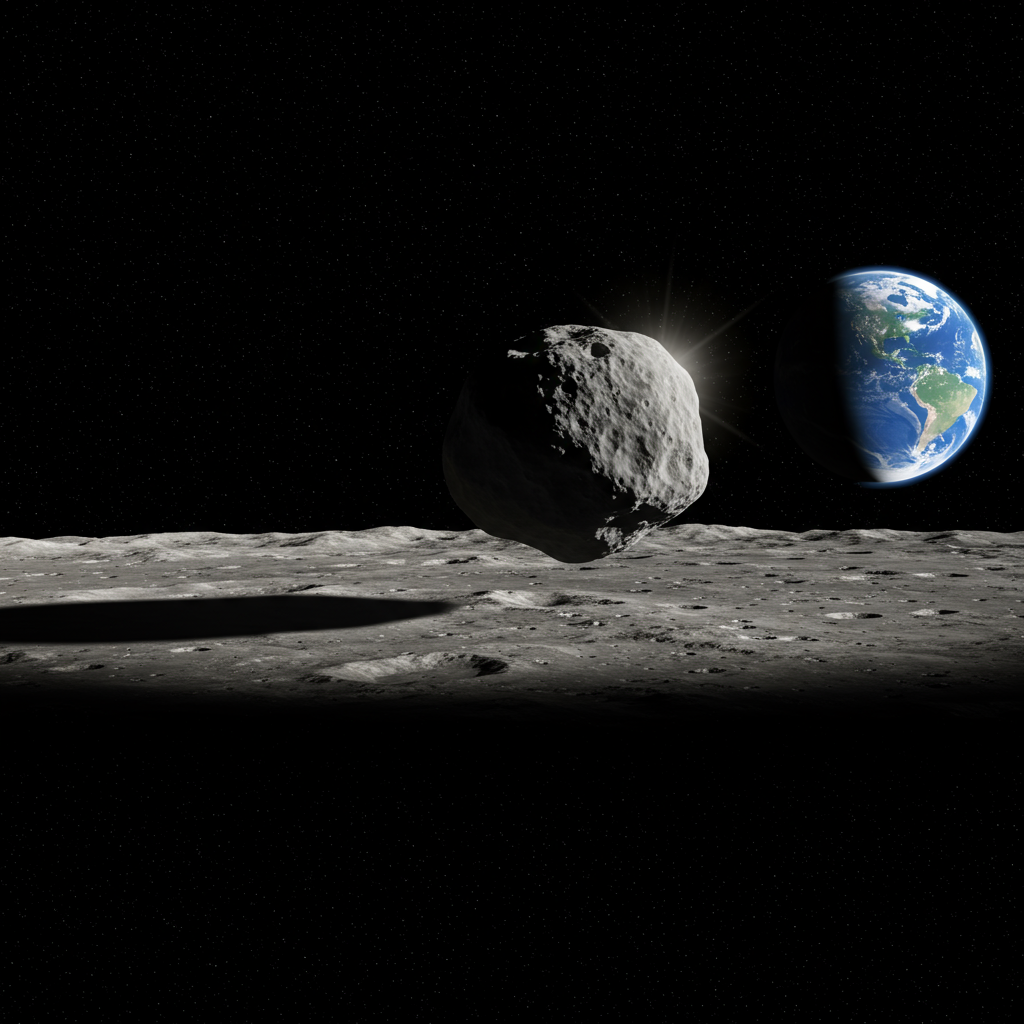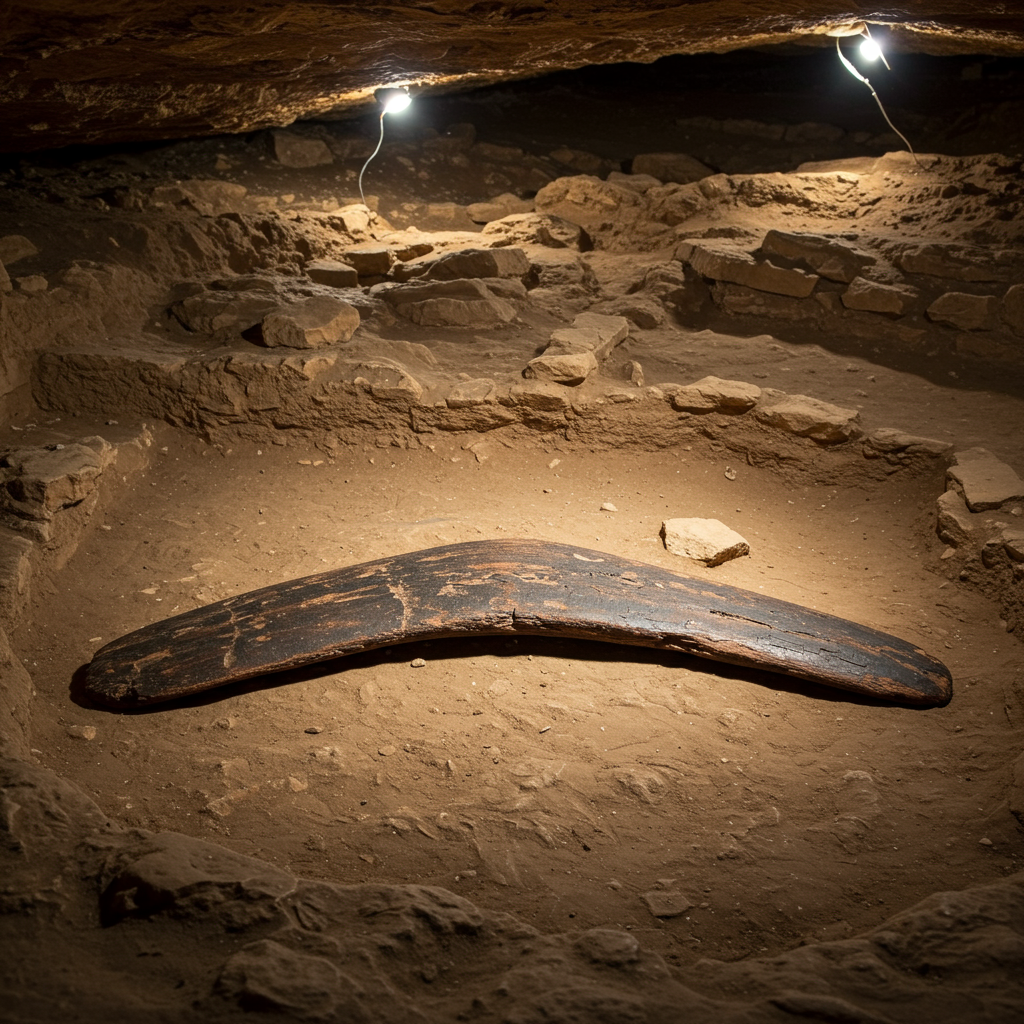Utah is quietly positioning itself as a critical powerhouse driving the future of space exploration, playing a pivotal role in NASA’s ambitious Artemis program which aims to return humans to the Moon and pave the way for missions to Mars. From building the massive rockets that power launches to pioneering cutting-edge, cost-effective propulsion technology, the Beehive State’s contributions are essential to America’s spacefaring future.
A recent event at the Clark Planetarium in Salt Lake City highlighted Utah’s deep connection to NASA. A panel featuring NASA astronaut Kjell Lindgren alongside key personnel from NASA and Northrop Grumman underscored the state’s longstanding partnership in developing the muscle behind American rockets.
Utah: The Engine Room for Artemis Launches
For decades, Utah has served as a vital “factory” for space propulsion systems. Northrop Grumman’s Promontory Rocket Complex has been synonymous with booster production since the Space Shuttle era in the late ’70s. Today, this facility is responsible for manufacturing and testing the two large, white solid rocket boosters that flank the core stage of NASA’s Space Launch System (SLS) rocket – the vehicle designed to carry Artemis missions into deep space.
As Mark Pond, a Utah native and Senior Director for NASA Programs at Northrop Grumman, explained, their work is crucial for the initial phase of flight. “We are a big part of the first two minutes,” Pond noted, highlighting the boosters’ role in providing approximately 75% of the thrust needed to overcome Earth’s gravity. The current boosters generate a staggering 3.6 million pounds of thrust.
Why Go Back? The Vision for Lunar & Martian Exploration
The Artemis missions are part of NASA’s broader Moon to Mars Architecture, a long-term vision focused not just on visiting, but on “going back to stay,” according to Stephen Creech, Assistant Deputy Associate Administrator for the program.
NASA astronaut Kjell Lindgren, who has logged over 300 days in space, emphasized that the current generation is picking up the torch from the Apollo era. A key objective is landing near the Moon’s south pole, where water ice is believed to exist. Lindgren pointed out the “tremendous opportunity for exploration” there, suggesting these resources could be crucial for sustaining future lunar habitats and supporting onward journeys.
Dave Reynolds, a Utah native and Program Manager for the SLS Booster Office at NASA, echoed this sentiment, viewing the Moon as a crucial stepping stone. “It is the best place that we’re gonna be able to learn how to work and live on another planet and still be able to phone home,” Reynolds stated, contrasting the relatively short three-day trip to the Moon with the complex, nine-month journey required to reach Mars.
Beyond the Big Boosters: Utah’s Diverse Space Innovation
Utah’s contributions to space technology extend beyond the massive solid rocket boosters. Researchers at Utah State University (USU), for example, are innovating at the other end of the scale, developing potentially revolutionary, low-cost propulsion systems.
At USU’s Propulsion Research Laboratory, scientists recently test-fired a 3D-printed hybrid rocket motor small enough to fit in the palm of a hand. This motor is remarkable not only for its size and manufacturing method – being primarily made from 3D-printed plastics – but also for its incredibly low production cost, estimated at only around $25. This stands in stark contrast to the roughly $30,000 it might cost to fire a conventional rocket motor of a similar capability.
Using common ABS plastic (the material found in Lego bricks) as the main fuel source, USU’s hybrid motor represents a significant step toward making space access more affordable and encouraging innovation across the aerospace industry. This pioneering research demonstrates Utah’s commitment to driving down costs and developing diverse propulsion solutions for the future.
Navigating the Cosmos: Challenges and Collaboration
Space travel presents known challenges, including the effects of radiation and physical changes to the human body during long missions. While researchers continue to address these unknowns, particularly concerning extended deep-space travel like a Mars journey, there’s palpable optimism surrounding the Artemis missions.
Learning from decades of experience, NASA and its partners aim to operate more efficiently and build a sustainable architecture for future exploration. The program also fosters international collaboration, including a Canadian astronaut joining the Artemis crew, inspiring global scientific progress and uniting people worldwide.
Looking Ahead: Testing the Future of Flight
Preparation for future Artemis missions is already well underway in Utah. Northrop Grumman recently conducted a crucial test fire of a new booster rocket designed for the Artemis III mission. This next-generation booster addresses existing obsolescence issues and will provide nearly 4 million pounds of thrust – an increase over the current design. The test, visible from miles around, produced a dramatic light show, smoke, and fire, serving as a tangible sign of progress toward landing humans back on the lunar surface.
From the state’s aerospace giants building the engines of current missions to university labs designing the affordable propulsion of tomorrow, Utah is undeniably fueling the future of space exploration. The success of the Artemis program and the continued push for innovation across the industry are deeply intertwined with the technology and expertise coming from Utah.




